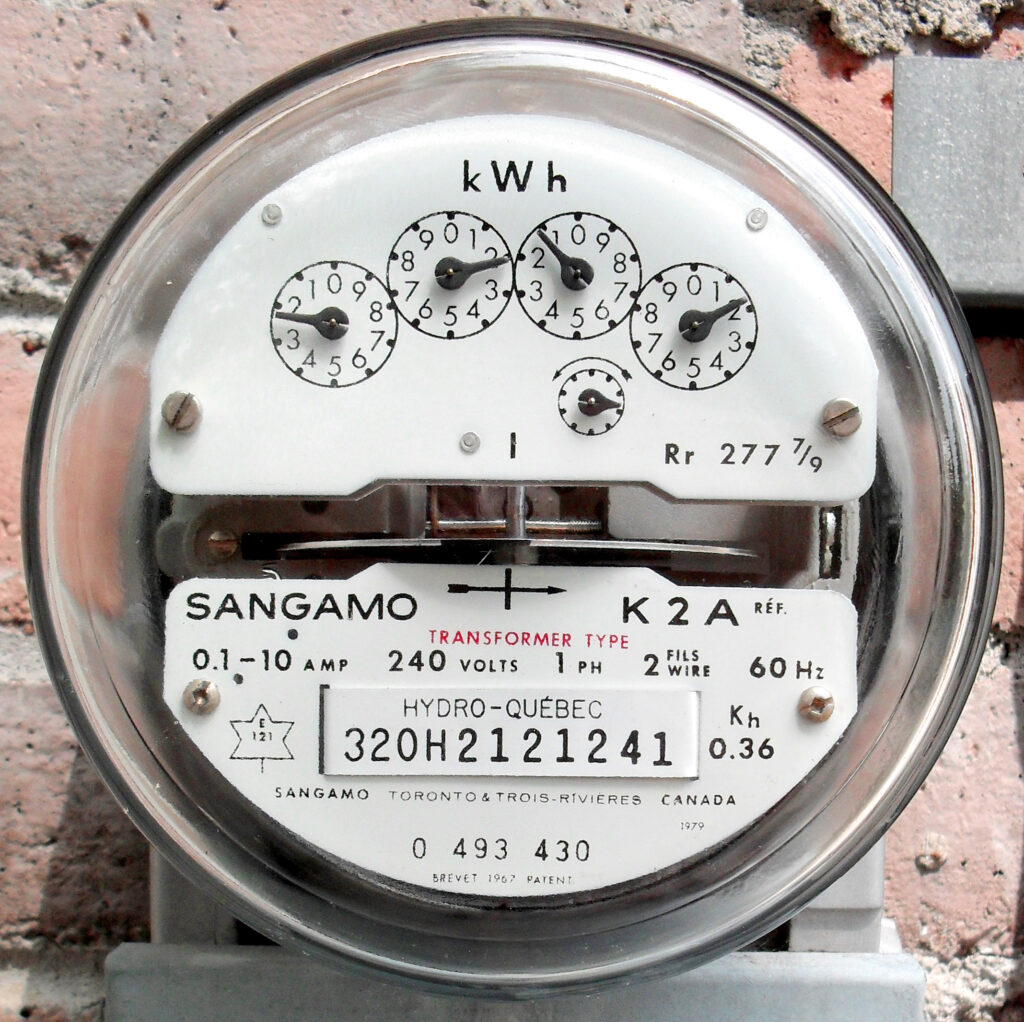Conserve Electric Power and Save Dollars in Vacuum Processing
Generally, electric power consumption is insidious because it is not seen and is not considered enough by operating personnel. The following is a summary of power consumed in a typical heat treat plant.
Electric motors
- Water recirculation pumps for cooling purposes
- Vacuum pumps
- Circulation pumps for oil used in quench tanks
- Fans
- Quench motors
Cost of Running Electric Motors @ 10 cents / KWh
| Motor HP (application) | KVA* | $/Hour | $/Day | $/Month | $/Year | |
| 1/4 (shop fan) | 0.34 | .034 | .82 | 30 | 300 | |
| 5 (vacuum pump or water pump) | 6.0 | .60 | 14.40 | 521 | 5,250 | |
| 10 (vacuum pump or water pump) | 11.2 | 1.12 | 26.88 | 821 | 9,700 | |
| 20 (water pump or gas fan) | 20.8 | 2.08 | 49.92 | 1,520 | 18,000 | |
| 30 (water pump or gas fan) | 31.2 | 3.12 | 74.88 | 2,281 | 27,000 | |
| 50 (water pump or gas fan) | 50.4 | 5.04 | 121.00 | 3,680 | 43,600 | |
| 100 (quench blower) | 98.4 | 9.84 | 236.00 | |||
| 200 (quench blower) | 192.0 | 19.20 | 461.00 | |||
| 300 (quench blower) | 300.0 | 30.00 | 720.00 |
*kVA rating is based on operating currents (amps). Note: efficiency of small motors is approximately 60%, increasing to 80% for larger motors, based on 746 watts/hp. Source: Glover Pocket Reference Book, October 1996 edition.
High Vacuum Diffusion pumps
- Operate with no noise, so operating costs are more or less “out of sight”.
- Ensure that all diffusion pumps are set up to run on the ConserVac® Full power (all three phases on) during high vacuum cycle. Partial pressure cycles running on half power (one or two phases off). When possible, turn off/ shut down the diffusion pump.
Operating Costs for Diffusion Pumps, Varian
| Size, in. (Power, kW) | $/Hour | $/Day | $/Week | $/Month | $/Year |
| 16″ (8.1) | 0.81 | 19.44 | 136.08 | 583.20 | 6,998.40 |
| 20″ (12.0) | 1.20 | 28.80 | 201.60 | 864.00 | 10.368.00 |
| 35″ (24.0) | 2.40 | 57.60 | 403.20 | 1728.00 | 20,736.00 |
Gas blowers
- If the gas blowers are set up with variable speed drives, use them to reduce power consumption wherever possible, especially at the end of a cooling cycle when heat of compression is noticeable.
- Program all quench cycles to shut down the blower at the lower temperature as required on the work thermocouples (i.e., 125°F).
- Do not run gas blowers for excess time.
Building lighting
- Turn off all office and shop lights when not needed, except for night lights.
- Make sure all office lights are off during non-working hours and weekends.
- Building lights should be the newer, high efficiency type.
Office heat and air conditioning
- Office heating and air conditioning should be programmed for setback, same situation as office lighting.
Lesson to be learned: turn off any electric motor or light whenever it is not in operation.
Furnace heating rate
- No furnace should be heated any faster than 15°F to 30°F/minute or 900°F to 1800°F/hour, unless with specific instructions mandate otherwise.
Power demand
- Utility company provides an electric power meter for kWh and demand kWh.
- Meter contains a power demand register
- Record of electric power usage over a specific time increment
- Instantaneous demand peak recorded each month
- Result is the total kW hours registered in one part of the bill and the second part of the bill is kW electrical power demand
- Ideal situation: instantaneous power demand would be flat with no demand peaks for the month, not the norm.
- Batch type electric furnaces can produce major demand peaks
- Major electric power savings are possible if equipment can be controlled so the peak demands can be staged, i.e., over several furnaces
- Schedule heavy production cycles to “off peak hours” usually during the evening, i.e., after 6 to 8 pm.
- Some utility companies will not penalize for the demand factor during “off peak hours”
- Electric furnaces that operate with “on-off” control using electric contactors are offenders
- The furnace will call for full power in the “on mode”
- When temperature reaches the set point, power will be completely turned off
- Electric power can easily be peaked if several batch furnaces operate in this mode together
- Solution: replace the electric on-off contactors with SCR (silicon controlled rectifier) power supplies
- SCR controllers will provide a proportional power control, minimizing peaked power demand
Power factor conclusions
- Can significantly affect the electric power bill if the electric utility charges a penalty for operating at power factor less than unity or bills in kVA rather than kW.
Power factor penalty, simplified.
Power factor can best be understood as consumed power that does no work. This is usually the result of electric motor loads or reactive magnetic loads like transformers. Phase angle fired SCRs also fall into this category.
It can be measured or calculated as:
Power factor = kW (real power)
kVA (apparent power)
- Electric furnaces that operate with resistance heating elements connected directly across the power line, or incandescent lighting in the plant operate at near unity power factor.
- Utility companies penalize users in different ways for power factor and varies by location.
- Motors will have an average power factor of 0.8%.
- Furnace power supplies will have variable power factor depending on loading, average about 0.65.
In summary
There are many ways to conserve dollars in any ongoing manufacturing or heat treating plant. Other than “turning off the lights”, many other opportunities are available to operating personnel as outlined above.
Reference: Conserving Electric Power, Part I and Part II, William R. Jones

